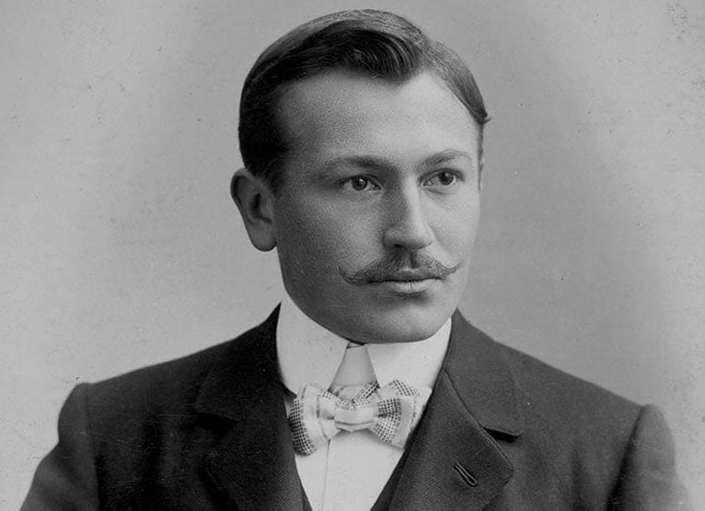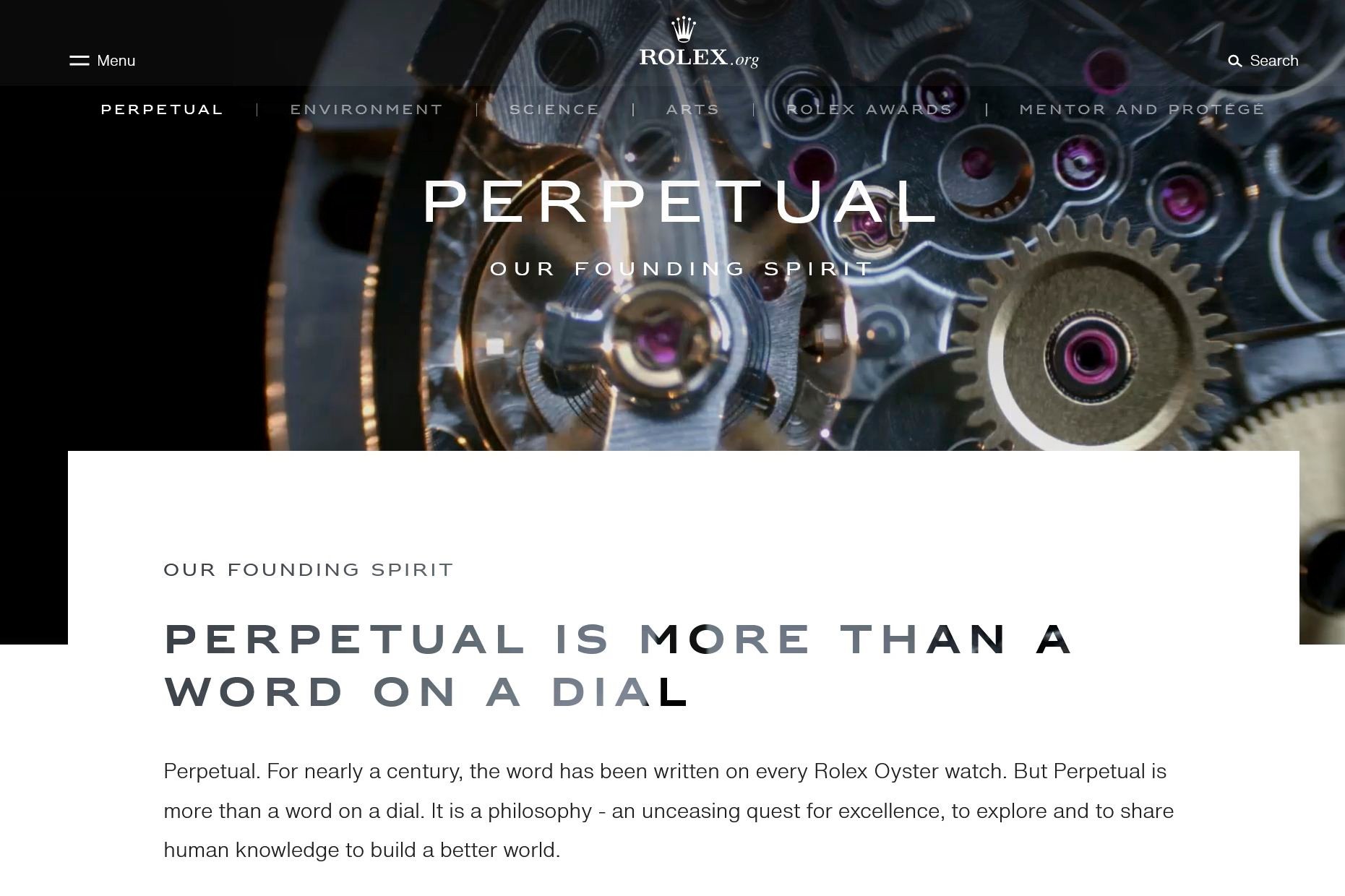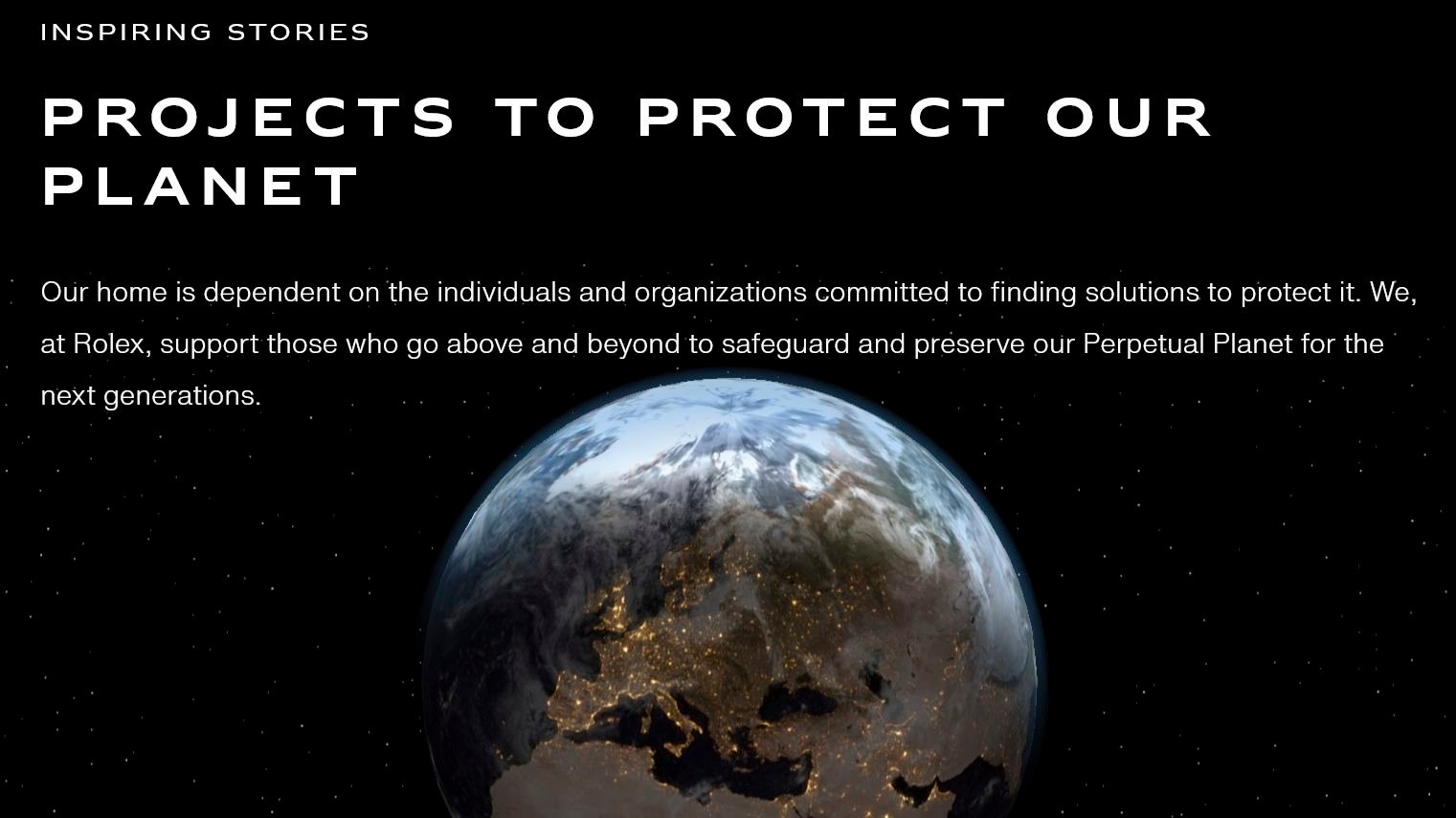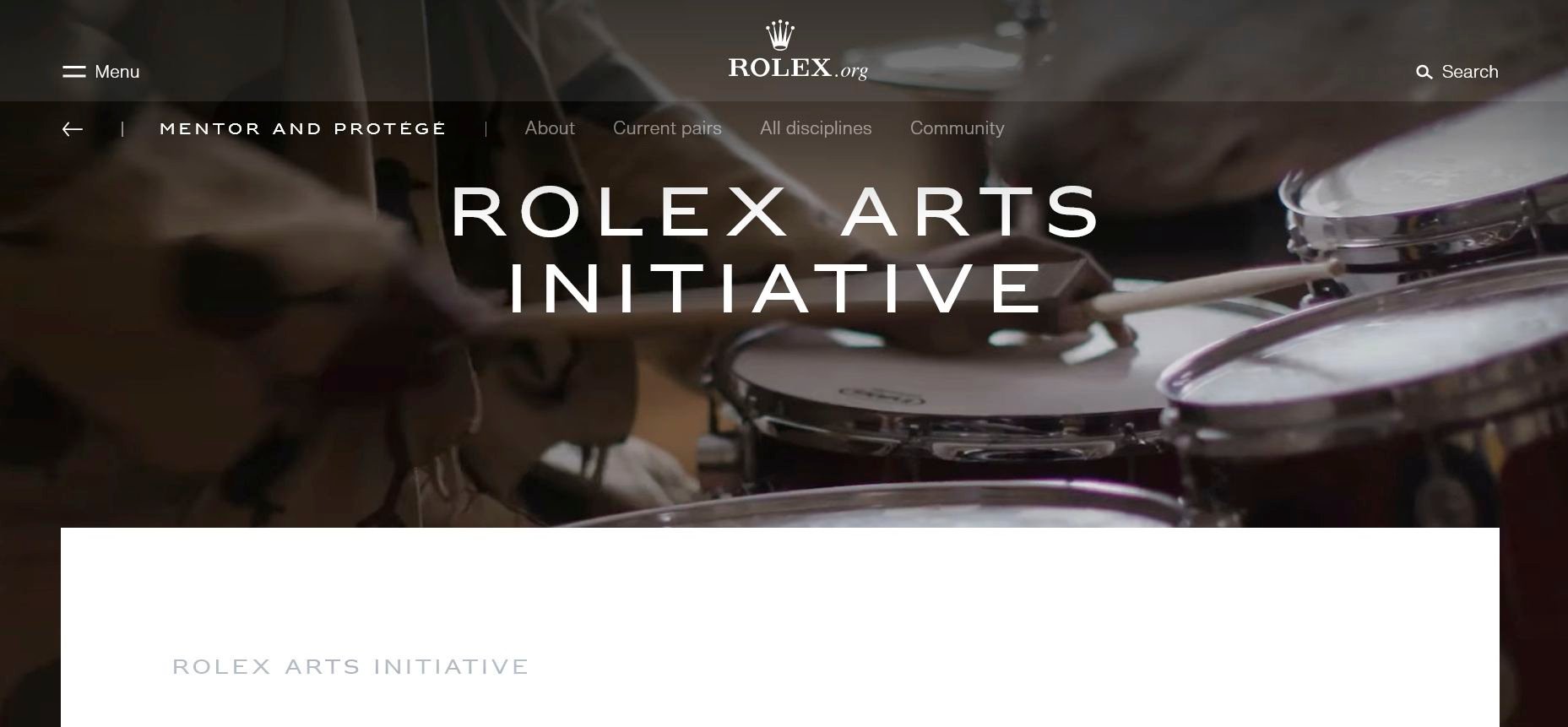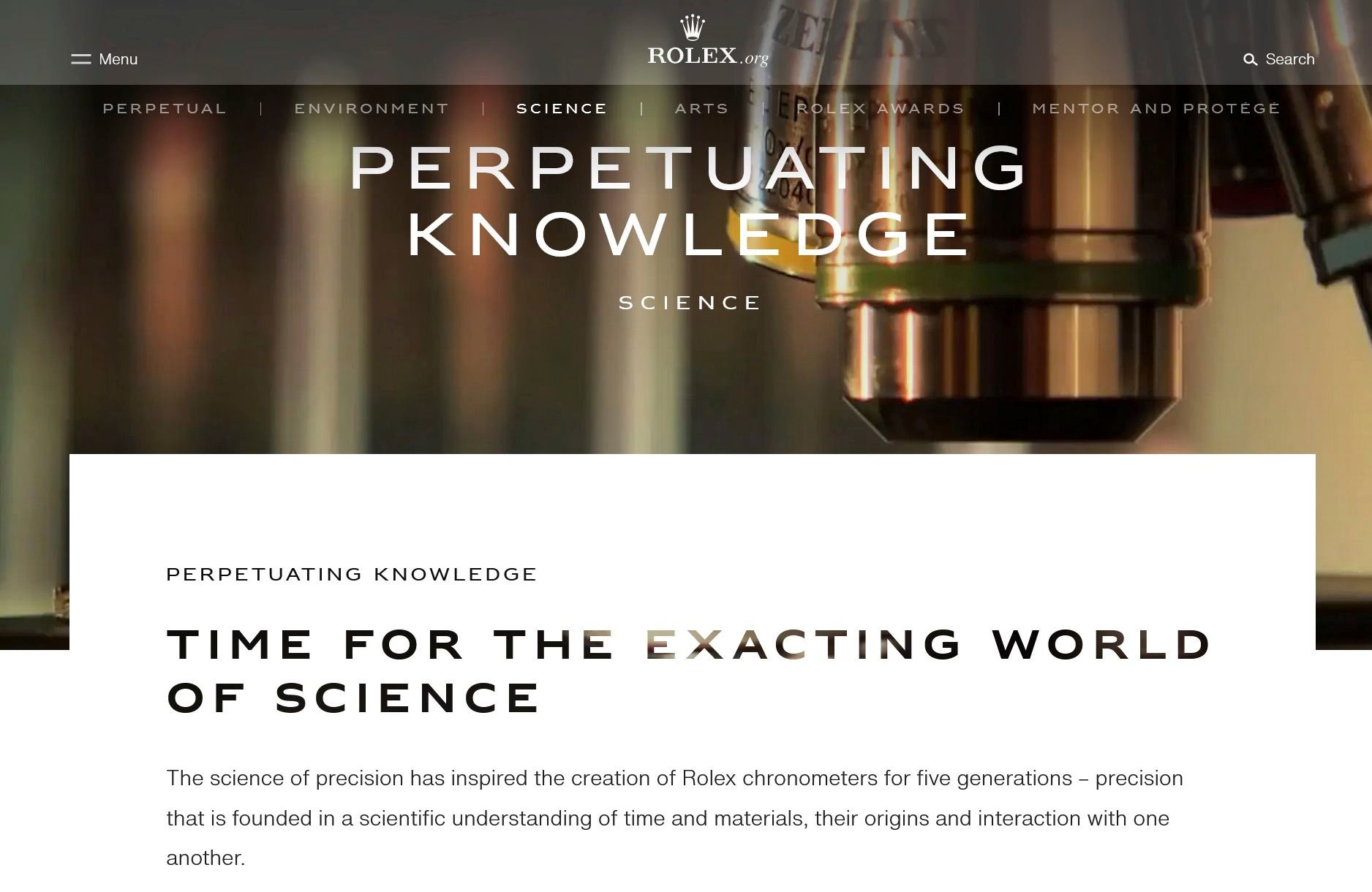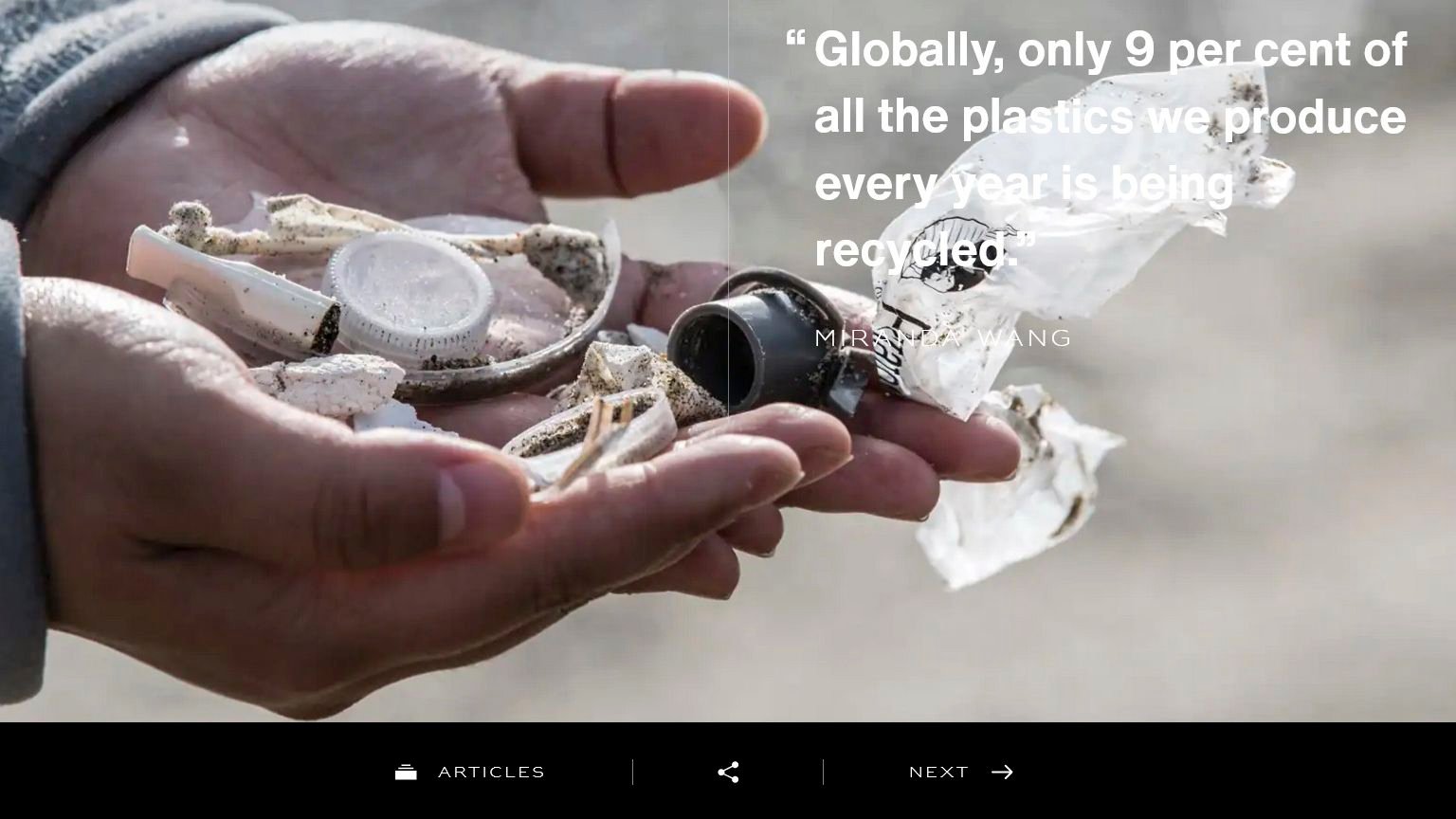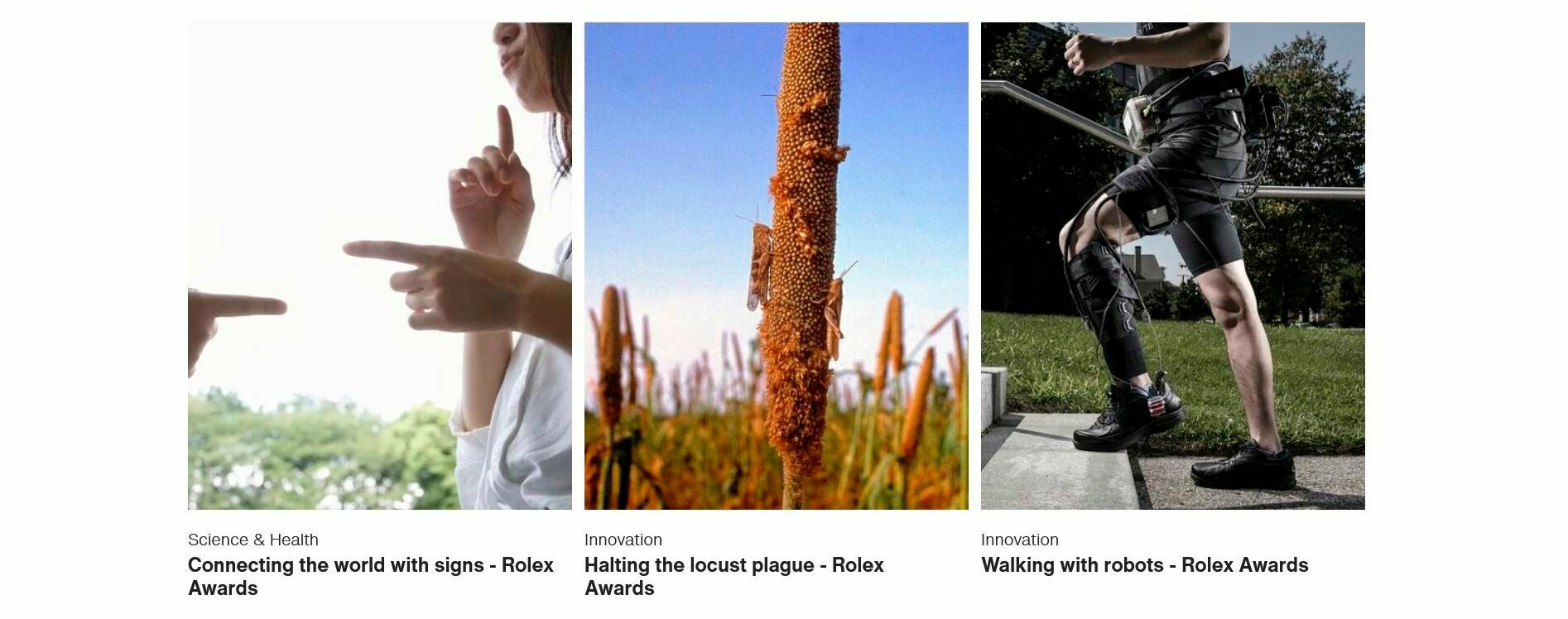Rolex.org: The Philanthropic Face Of The Crown
Rolex is known for its watches, difficult as it may be to actually get them. But that in itself is a testament to their quality, even if much of the shortage is still driven by hype. What isn’t discussed much is the work happening behind the watches. Rolex is notoriously a black box regarding its inner workings. But what morsels of information the brand chooses to extend to the public, we watch enthusiasts eat up with gusto. Recently, I’ve come across Rolex.org, the non-business arm of the Crown.
Rolex.org is a combined philanthropic/marketing arm for Rolex, presenting stories of collaboration with various social and environmental movers and shakers as well as partnerships with other corporate entities such as National Geographic. Present, too, is a concise history of the brand. Rolex Awards laureates are featured as well as information about the Rolex Awards program. Rolex’s philanthropic efforts are mostly dispersed across environmental efforts, sciences, and arts. In a snapshot, Rolex.org presents a clean (if not overwhelming) picture of everything non-watch that Rolex is involved with.
The Hans Wilsdorf Foundation
It’s worth noting that, for all its profit, Rolex is owned by a private Swiss foundation — the Hans Wilsdorf Foundation. Established by Hans Wilsdorf, founder of Rolex, in the 1960s, its primary aims are to donate to various charities, support the arts and the sciences, and provide financial support to other surviving members of the Wilsdorf family. That sounds a lot like Rolex.org.
Like Rolex, the Hans Wilsdorf Foundation is incredibly secretive. All that’s known are the identities of the board members and some of the flashier projects that the foundation is involved in. As a private foundation, it has no obligation to disclose any of its finances or inner workings. By owning 100% of Rolex, the watch giant falls under that opaque umbrella too.
Professional philanthropy
For as guarded about finances as Rolex and the Hans Wilsdorf Foundation are, it’s no small gesture that both organizations dedicate some of their earnings to philanthropy. Rolex doesn’t need to do charity. The watches sell themselves to the point of unavailability. A few high-profile marketing stunts would suffice to keep the ball rolling (and there’s plenty of that still, too). That there’s an entire website dedicated almost entirely to everything non-watch-related that Rolex is up to with some of its excess money is an unnecessary yet welcome approach. That said, it certainly has value for Rolex, which I’ll get to later on.
This approach to closed-door business and philanthropy reminds me of some historic philanthropic families and organizations in United States history. The Rockefellers were and are still an incredibly wealthy family. Through their foundations, the Rockefellers invested millions of dollars into American communities, for example, by building public libraries and founding the University of Chicago. The Rockefeller family is still going strong.
Presently, there are many families following in the Rockefellers’ philanthropic footsteps; the business model was not lost. But beyond some of the few higher-profile names that we’re aware of today, a lot of the work takes place out of the public eye.
Rolex.org
Rolex, unlike families, is a brand selling a product. In the luxury-goods industry, public perception and accessibility are everything. Rolex has the accessibility aspect (or lack thereof) locked down, and I think no other watch brand has been as careful about shaping its own identity. We “know” that Rolex makes the “best” watches thanks to a century’s worth of careful marketing. But making the best of anything may not be enough anymore in the modern luxury-goods landscape. Consumers are becoming wary of their impact and the impact of the companies they patronize. Rolex sees this and also happens to be doing some of the work already. It has become worthwhile to compile its efforts and the efforts of its partners in one public space. Enter Rolex.org
Excluding the tab exploring Rolex’s watchmaking history, Rolex.org is organized into four primary sections — Environment, Science, Arts, and Rolex Awards. The Environments and Science sections essentially organize the efforts of past Rolex Awards laureates and Rolex’s corporate partners according to their area of focus.
Environment, Science, and Arts
The Environment tab features an eye-catching interactive globe with pins that one can click on to learn more about that region’s project. These projects range from plastic-waste management to saving turtles in Africa. The Science tab omits the interactive globe and features stories ranging from CERN’s Large Hadron Collider to medical technologies being deployed in vulnerable communities. One can easily get lost down a wormhole of interesting stories of preservation, activism, and novel uses of science and technology.
The Arts section features anything from architecture to music and quite a few Rolex “Mentor and Protégé” pairs. The Rolex Mentor and Protégé program combines established experts in various arts with up-and-coming young individuals in a program of mentorship. Acclaimed director Spike Lee mentoring Kyle Bell in cinema is one such pair. Rolex foots the bill for expenses during the mentorship period for both the protégé and the mentor. After the period is complete, protégés can apply for a grant from Rolex to complete a project.
Rolex Awards
As far as I can tell, it’s only under the “Mentor and Protégé” tab that one can find any explicit information on how Rolex is financially involved with any of the projects and people it features. I had to search off-site to find out that — beyond a watch and access to Rolex’s network and marketing — Rolex Awards laureates receive CHF 200,000 worth of grants for their projects. This was increased in recent years from CHF 100,000. Rolex selects five laureates each year across different fields. Five times 200,000 equals a cool one million Swiss francs donated each year. That’s a significant amount when taken out of context. When put in perspective of Rolex’s annual finances, it’s a little less impressive.
Rolex and its money
As I’ve noted, Rolex is a black box when it comes to finances. Some people, however, have succeeded in painting a partial picture of what sort of money Rolex is working with. Rolex conservatively generates around five billion US dollars in sales each year. This number is likely to be much higher in the last couple of years considering Rolex’s explosion in popularity. An estimated 30% profit margin puts Rolex’s annual profits at over $1.5 billion. Rolex spent an estimated 56 million dollars in 2019 on marketing alone. Within these contexts, one million towards activism is a fart in the wind — inconsequential.
That’s not to say that it’s nothing. For grassroots organizations working their hardest to affect some good in the world, 200,000 Swiss francs and access to Rolex’s marketing and network of previous laureates are substantial. But it’s no skin off Rolex’s back. Rolex could easily factor it into a small percentage of its marketing budget, considering the current consumer climate regarding sustainability.
We also don’t know for certain how much Rolex actually contributes to these efforts. We can find dollar amounts for Rolex Awards recipients, but Rolex very likely may be contributing more than that to certain projects. Due to our inability to see what’s happening behind the veil, we tend toward expecting the worse. But Rolex also has a track record of doing more than it says.
Left wanting
What would impress me a lot more from Rolex and other watch companies looking to take part in the sustainability trend is transparency. I want to know how much carbon Rolex releases each year. I want to know to what extent Rolex’s physical materials impact the planet.
Rolf Studer, co-CEO of Oris, brought up an excellent point regarding the raw materials that go into watchmaking. When a company consumes the equivalent of a car in steel to produce its watches each year, the environmental impact of that material is a drop in the bucket compared to other measures that the company can take. But — and that’s a big “but” —a company the size of Rolex produces an estimated one million watches per year. If they were all steel watches, that would come out to over 100,000 kilograms of steel — about 1,000 cars’ worth. Considering that a lot of the metal that Rolex uses is gold and that gold generally has a horrible track record with the environment, to me, it would be worth it to know more about where these materials come from and the process behind them.
Doing some good
And, if Rolex is truly interested in capturing the attention of environmentally savvy consumers, it can do more than run a website that compiles less than one-tenth percent of its yearly earnings in activism, much of which Rolex isn’t even directly responsible for. Sure, Rolex Awards laureates get to use Rolex’s marketing and network, but I have to wonder, how much is Rolex using this network of laureates for marketing its watches?
So far, it’s all fine and good. I have yet to see Rolex hit the public over the head with activism as a marketing ploy. Of course, to an extent, the philanthropy serves that purpose, but as long as Rolex is content letting Rolex.org sit quietly on the web without shining a spotlight on it, I’m content letting Rolex continue, business as usual. Rolex is doing just fine selling its watches, and they happen to be excellent watches at that. The brand is also doing the world some good by supporting these people and organizations. But if Rolex.org and everything it embodies is going to continue to grow in the public’s awareness, I have high expectations of Rolex to increase its actual commitment to doing good.
What do you think of Rolex’s involvement in realms outside of horology? Is the effort genuine, marketing, or perhaps some combination of both? Let us know in the comments. More information about Rolex’s watches is on the brand’s official website. For info on its philanthropic activities, visit Rolex.org.

